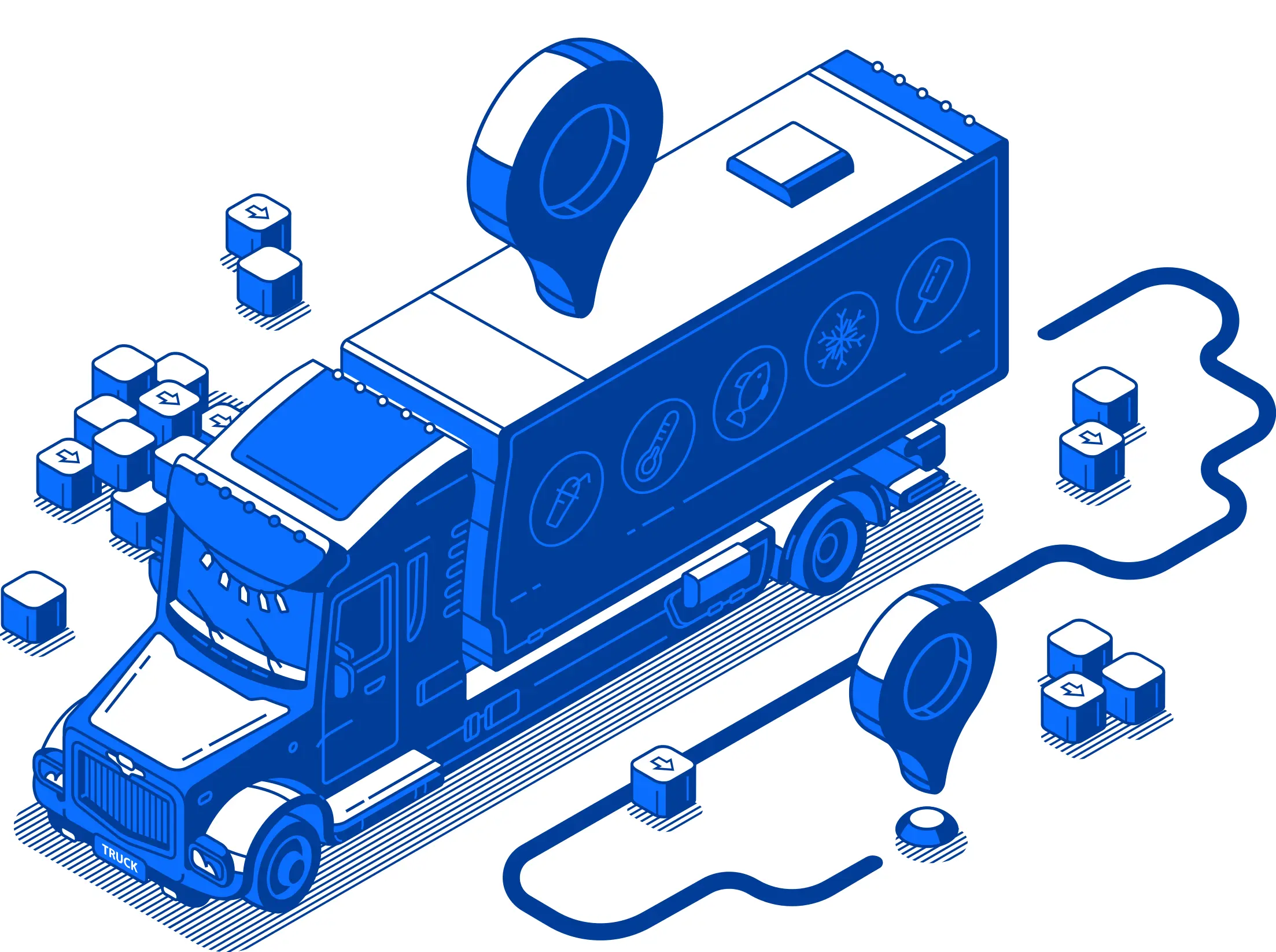Your goals in 2022 are to become your own boss. Per the U.S. Bureau of Labor Statistics, the average wage for tractor-trailer truck drivers in 2021 was $22.66 per hour. For owner-operator driver salaries, Indeed reports an average hourly wage of $127. The difference is tremendous.
Owner-operator truck drivers purchase or lease their own truck and trailer. They take jobs with a variety of brokers or shippers and have the freedom to pick and choose the work they take. You’re not working for anyone else, so you have the power to work the hours and days you want, not having to accept lower wages than you feel you’re worth, or meeting a boss’s timelines when you know it’s not realistic.
Of course, there are tremendous benefits to being your own boss. You have to be prepared for everything and know what you’re getting into. Before diving in, you need to know the tips for transitioning from driving for a trucking company to working for yourself.
Get Licensed
You have to have a CDL to be a truck driver. Make sure your current CDL is still valid and not due for renewal. You can make more money with special certifications, such as a HAZMAT endorsement. If that will increase your income, it’s an important consideration.
Before heading off as an owner-operator, see your doctor for a check-up if you’re due one. It’s best to get all of that paperwork out of the way to prevent any delays or issues that could prevent you from taking loads.
Apply for a USDOT Number
Before you can work as a self-employed truck driver, you may need to have a USDOT Number, and you have to register with the Federal Motor Carrier Safety Administration (FMCSA). Federal law requires you to have a USDOT number if your vehicle and carbo weighs 10,001 pounds or more and if you drive through another state. Some states require a USDOT number for any intrastate commercial vehicle registration. The FMCSA has a list of states in the U.S. that require truck drivers to apply for a USDOT number.
Go to your state’s website and see what it takes to form a business in your state. You’ll probably be starting a sole proprietorship, which means you don’t answer to anyone else. You don’t have employees or a board of directors. It also puts your personal assets on the line if you’re sued or run into debt.
Applying for a limited liability company (LLC) can be better. If there are any issues with taxes or debt, your personal accounts and assets are separate and protected. It would help if you considered a single-member LLC for this reason.
Once you’ve completed this, you must have an EIN or SSN to get started. There may be non-refundable filing fees to become an Operating Authority with the FMCSA. Research these fees before you begin to make sure they’re affordable.
After getting your USDOT Number, reach out to insurance companies to apply for commercial truck insurance. You must have insurance as an owner-operator truck driver.
Carefully Consider Your Family Situation
If you have a family at home, you have control over the routes you take, but there are other aspects to consider. When you work for someone else, they usually offer healthcare insurance and pay part of the monthly premium. When you’re self-employed, the cost of healthcare insurance is solely on your shoulders. Your kids and spouse or partner may rely on you for this insurance. Be prepared to research rates and find affordable coverage that doesn’t leave you struggling to pay your bills if there’s a medical emergency.
You also have to think about how many hours you can afford to be away from them. You may find that the longer routes pay more, but that means you could be away from your family for days or weeks. Is that acceptable to them and you?
Go Over Your Finances
A self-employed trucker is responsible for income taxes, truck loans or leases, licensing and permit fees, registration, inspections, maintenance and repairs, computer software, and many other expenses. When you pay taxes as a self-employed worker, you have to pay double the taxes as you’re paying your own federal and state income taxes plus the part that your former employer covered that you may not realize you have to pay.
Self-employment estimated tax payments take time to complete each quarter. You also have to carefully track income and set aside the money to cover the taxes. If you’re not a strong bookkeeper, you must invest in software or an accountant to do this for you.
Are you still earning enough to support yourself and any dependents when you set aside money to cover taxes, monthly expenses, and surprise bills? If not, it may be time to consider taking on more work or raising your rates. Your financial well-being has to be a primary concern.
Learn How to Find Loads
Part of your responsibility as an owner-operator truck driver will be scheduling work. You need to take jobs that bring the best income and don’t have you going too far out of your way. Google Maps can help you pinpoint the most prominent cities and shipping hubs along a route, making it easier to search load boards.
When choosing jobs, ensure that you’re not traveling with an empty or partially-empty trailer. If you’ve agreed to haul a load from Boston to Dallas, you’ll lose money if you don’t also arrange to transport something back from Dallas to Boston. Schedule your freight to ensure you’re maximizing the month on that trip.
A load board is the best way to find jobs. You can search by city, load size, and fee. Look for loads that ensure your truck is full both ways and not leave you with an empty leg.
Suppose you’ve found an appealing job that requires you to haul goods from Boston to Dallas, but the load only fills half of your truck. Search for other loads on a load board. See if there’s another load that can fill the space without overloading your trailer. You find a load that suits your needs that needs to be dropped off in Memphis. It’s on your way, so take that load too. You could even see if there’s a third load near Memphis heading to Dallas. You’ll finish three jobs on one route and maximize your income.
Not Every Broker or Shipper Will Pay You On Time
One of the worst parts of working for yourself is waiting on payments. You completed a route ahead of time and submitted the invoice to get paid shortly after. Weeks have passed, and you’re still waiting on payment. You need to fuel your rig, pay for maintenance and repairs, and pay monthly expenses like insurance, truck loans, and phones. Without money coming in, you’re struggling to cover your bills. What do you do?
Not getting paid on time is never fun, but it’s part of being self-employed. As you learn who pays on time and who doesn’t, you may want to embrace the ease of freight factoring. Freight factoring services help you get paid the same day you complete a job. Get paid to your bank account or a fuel card account to put towards your future fill-ups.
Let Saint John Capital collect payments for you. Send your bills of lading to us and get paid instantly for the loads you haul. We deduct a small fee, pay you the money you’re owed, and our team tracks down payment. You can use our free app to access invoices and reports to upload to your tax and accounting software. It’s simple and rewarding.
How do you start invoice factoring with Saint John Capital? It’s easy. Apply online instantly and start getting paid once you’ve completed a route.











